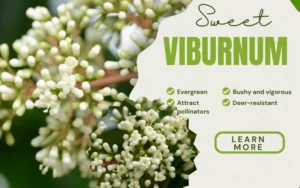Seeking a lush lawn with minimal upkeep? The secret is centipede grass seed. Perfectly suited for use in home lawns, its low maintenance needs make it sometimes called “lazy man’s grass” 🏌️♂️.
This piece provides practical tips on how to select superior seeds, prepare the soil for planting, and employ optimal watering methods to ensure your centipede grass flourishes effortlessly.
- Why choose centipede grass seed?
- Is Centipede grass seed right for you?
- The allure of centipede lawns
- Grass comparison chart: Centipede vs. Other popular grasses
- The Cost-Effective: Seed vs Sod
- Preparing your lawn for centipede grass seed
- Choosing your centipede grass seed
- Sowing the seed
- Watering: Ensuring Seedling Survival 💧
- Mowing matters: Keeping it trimmed
- Nutrient management
- Combatting weeds in centipede turf
- Pest patrol and disease defense
- Repairing common centipede grass concerns
- Summary
- Frequently Asked Questions
Why choose centipede grass seed?
Centipede grass is a popular turf grass for lawns in the southern part of the United States. Native to Southeast Asia and China , centipede grass was introduced into the USA in 1916.
Centipede grass’s ability to grow in poor soils and its low maintenance needs make it an ideal grass for many homeowners in warmer areas. While centipede grass needs little care, some maintenance is required.
- Centipede grass is valued for its dense, carpet-like texture, vibrant green color, slow growth rate, and low maintenance, making it a popular choice for homeowners looking for an attractive, easy-care lawn.
- Planting centipede grass seed is a more cost-effective option than sod due to lower upfront costs and suitability to specific local soil and climate conditions, but requires time for germination and establishment.
Proper soil preparation, including ensuring the right soil pH level (5.5 to 6.0) and phosphorus content, as well as even seed distribution and consistent watering, are critical to the successful establishment of a lush centipede lawn.
Is Centipede grass seed right for you?
Climate and sun exposure:
Grasping the growing conditions favored by centipede grass is essential for its proper maintenance. This type of grass flourishes in climates where the soil temperature lies between 65°F and 70°F. Whether your lawn basks under full sunlight or enjoys intermittent shade, centipede grass can adapt effectively to both scenarios.
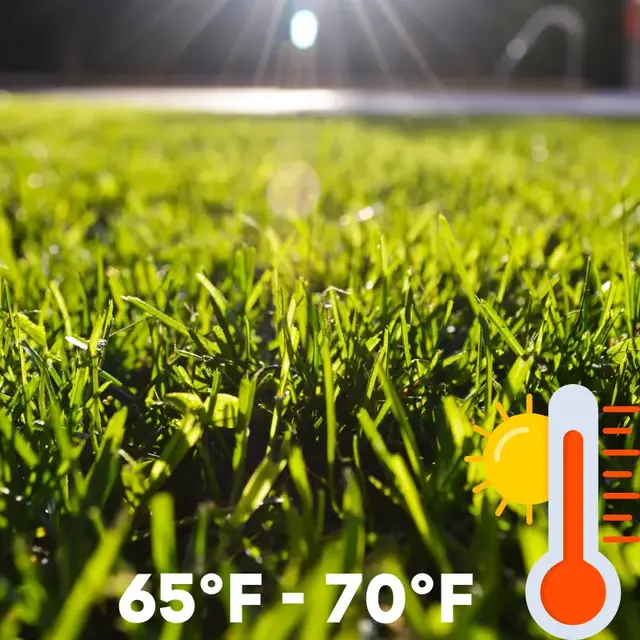
Grasping the growing conditions favored by centipede grass is essential for its proper maintenance. This type of grass flourishes in climates where the soil temperature lies between 65°F and 70°F. Whether your lawn basks under full sunlight or enjoys intermittent shade, centipede grass can adapt effectively to both scenarios.
Soil requirements:
When it comes to soil preferences, this variety of grass has an affinity for slightly acidic environments. The optimum pH value conducive to its growth falls between 5.5 and 6.0. Should the pH level of your lawn’s soil be above what’s recommended, introducing sulfur into the soil is a viable solution for reducing it back within an ideal range necessary for a thriving centipede lawn that stands out in your neighborhood.
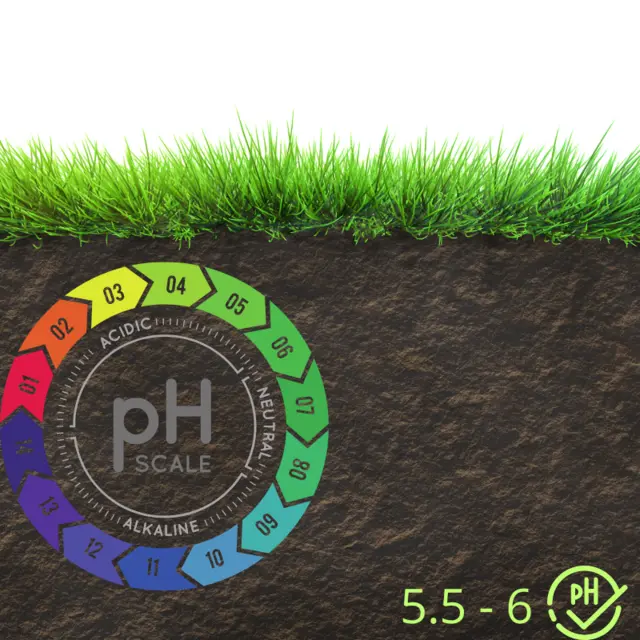
Do you live in a region with mild winters and plenty of sunshine? Then centipede grass might be your perfect match!”
The allure of centipede lawns

Centipede lawns, known for their dense and plush appearance, present a stunning green landscape. Their slower growth rate positions them as an ideal option for those in pursuit of the best lawn grass that requires less frequent mowing. Who wouldn’t appreciate more leisure time in their yard instead of repeatedly cutting the grass?
Centipede grass is commonly dubbed as “the lazy man’s grass” due to its low maintenance nature. Homeowners who desire a visually appealing lawn without dedicating substantial effort to its care will find growing centipede grass quite advantageous—making it an attractive selection for establishing new lawns.
Grass comparison chart: Centipede vs. Other popular grasses
| Feature | Centipede Grass | Bermuda Grass | Zoysia Grass | St. Augustine Grass | Kentucky Blue grass |
|---|---|---|---|---|---|
| Texture | Coarse | Fine | Medium | Fine to Medium | Fine |
| Growth Habit | Slow | Fast | Medium | Medium | Medium |
| Maintenance | Low | High | Medium | Medium | High |
| Drought Tolerance | High | High | Medium | Medium | Low |
| Shade Tolerance | High | Low | Medium | Medium | Medium |
| Traffic Tolerance | Moderate | High | High | Moderate | Moderate |
| Soil Type | Sandy, acidic | Adaptable | Adaptable | Adaptable | Well-drained |
| Climate | Warm season | Warm season | Warm season | Warm season | Cool season |
| Mowing Height | 1.5-2 inches | 0.5-1.5 inches | 1-2 inches | 2-3 inches | 2-3 inches |
| Fertilizer Needs | Low | High | Moderate | Moderate | High |
| Common Issues | Iron chlorosis, thatch buildup | Thatch buildup, invasive | Thatch buildup, slow to establish | Chinch bugs, disease | Disease, high maintenance |
| Best For | Low-maintenance lawns , shady areas, warm climates | High-traffic areas, athletic fields , full sun | Lawns, golf courses, erosion control | Shade tolerance, warm climates | Cool climates, high-quality lawns |
The Cost-Effective: Seed vs Sod
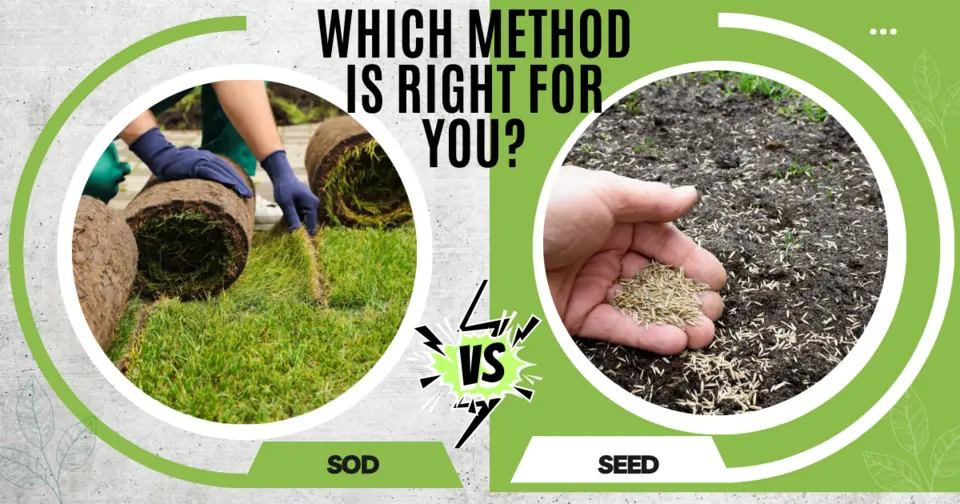
When starting a lawn from the ground up, you can either plant seed or lay down sod. Which method you use depends largely on what you prefer in terms of cost, labor, and time to establish a lawn.
- Choosing sod gives you an immediate lawn but at a steeper initial investment and possibly necessitating expert installation services. Alternatively, seeding your new lawn is typically more budget-friendly right off the bat.
- Seeding not only benefits your wallet initially, but it also allows for selecting from a wider array of grass types to match well with the particular soil and climatic idiosyncrasies in your area. This could mean less work maintaining the lawn later on.
Yet, remember that while planting seeds may be lighter on upfront costs compared to laying sod, patience is required as they need time for germination before your seeded area becomes a full-fledged lawn.
Preparing your lawn for centipede grass seed
Preparing the ground is crucial prior to sowing centipede seed. Similar to laying down a solid base for a house, it’s important that your grass begins with a sturdy underpinning. Conducting a soil test is the critical initial move. This will highlight any lacking nutrients that should be rectified before you plant.
The growth of centipede grass’ roots heavily relies on phosphorus, so if your soil examination shows a scarcity of this nutrient, applying fertilizer rich in phosphorus would be advisable.
Clearing the area
Before planting, ensure also to remove all current vegetation and debris from atop the soil – giving your new turf an unblemished starting point is key for its success.

Soil preparation
Begin the tilling process once you have conditioned the soil appropriately, which significantly enhances germination and establishment of grass seeds over just spreading them on top of the ground. The act of tilling also lays down a layer of earth that helps shield emerging centipede plants from swings in temperature and moisture.

If your lawn spans a small to medium area, utilizing a tiller can effectively prepare the soil for planting. If you lack access to a tiller, don’t fret—manual implements like spades and rakes are sufficient alternatives. It’s important during this stage to integrate organic material into your soil as it serves to fortify it with essential nutrients necessary for nurturing centipede grass seeds’ growth.
Choosing your centipede grass seed
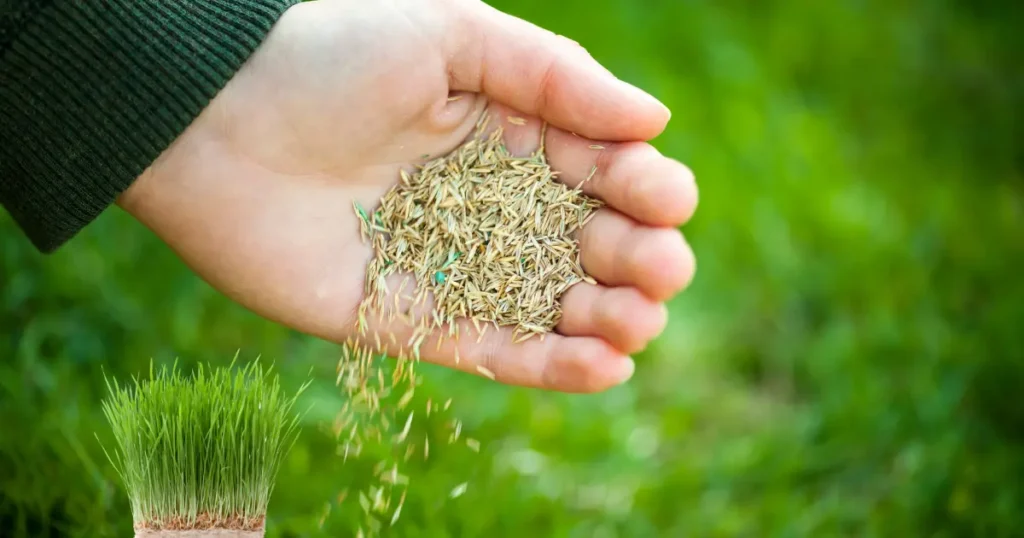
Choosing the right grass seed is crucial for a consistently healthy and even lawn, especially when it comes to centipede grass. Seek out seeds that maintain their color well and exhibit robust early green-up in spring as these characteristics signal high-quality seeds.
Consider the Santee centipede grass seed cultivar, developed by Sod Solutions in 2005, which stands out among other varieties of best grass seed due to its attributes:
- The thick canopy layer it develops contributes greatly to weed suppression and ensures an even appearance across your lawn.
- It boasts both a remarkable germination rate bolstered by a fertilizer coating—perfect for establishing new lawns or filling in bare spots on existing ones.
- This particular variety guarantees swift growth while maintaining uniformity throughout your garden space.
Sowing the seed
Seeding is the most common method of centipede grass establishment; however, centipede grass seed germination is generally low. While centipede grass seed is expensive, establishment from seed is cheaper than any method of vegetative propagation.
The time has come to spread your centipede grass seed. Ensure even coverage by adhering to the following guidelines:
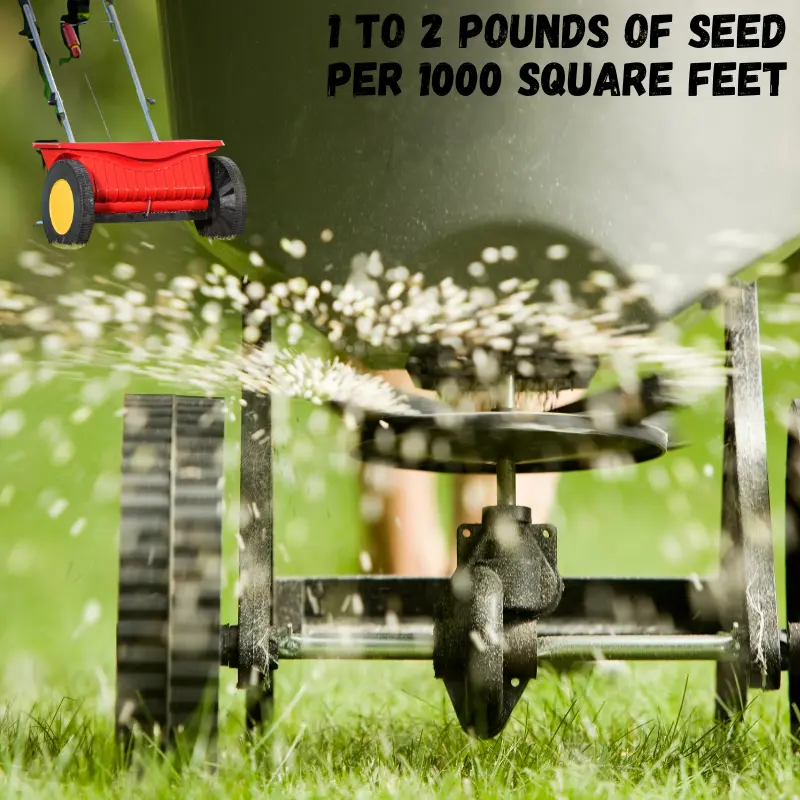
- Combine the grass seed with dry sand prior to dispersal. (It is recommended that a mixture of seed and dry silica sand be spread, rather than pure seed by itself. Coral sands should not be used). For each pound of seed, add 20 pounds of dry silica sand.
- After seeding, lightly roll the area to promote seedto-soil contact, so that they are covered by at least a quarter-inch of soil.
- Seeding rates range from 1 to 2 pounds of seed per 1000 square feet. Seed is often applied with a rotary spreader.
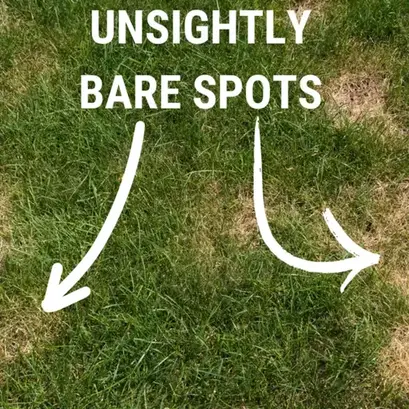
Remember too that scattering your centipede grass seed in multiple directions is key for achieving comprehensive coverage and preventing any unsightly bare spots from forming on your lawn.
Watering: Ensuring Seedling Survival 💧
Proper hydration is crucial throughout the seeding process to ensure that centipede grass seedlings develop correctly. It’s important to keep the soil consistently moist for successful germination and initial growth of young seedlings.
Right after planting, frequent, light irrigation (4–6 times daily) is recommended for at least 3–5 weeks.
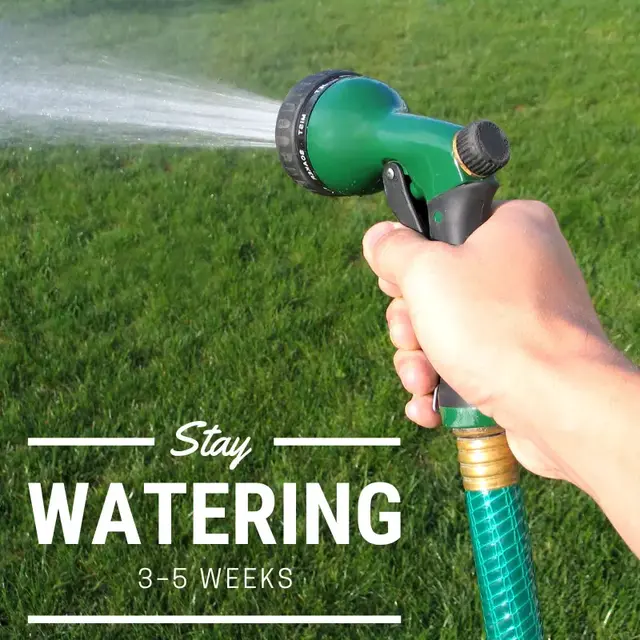
How long does centipede grass seed take to germinate?
Seeds germinate slowly (in 3–5 weeks). The initial growth and spreading will remain slow until the stolons begin to creep out into the surrounding area.
How to water after seedlings emerge?
When you begin seeing your centipede grass seedlings sprout, it’s time to adapt your watering routine. Lessen how often you water but provide greater volume each time. You should then move on to applying one-fourth inch every third day across nine days, before increasing this amount. So that one-half inch is applied every fifth day over an ensuing ten-day period. Once these initial weeks have passed and established roots take hold in their new environment, centipede grass will thrive with roughly 1 inch of water weekly – taking care not to over-water which can lead to saturation beyond what healthy root systems require or tolerate.
Mowing matters: Keeping it trimmed
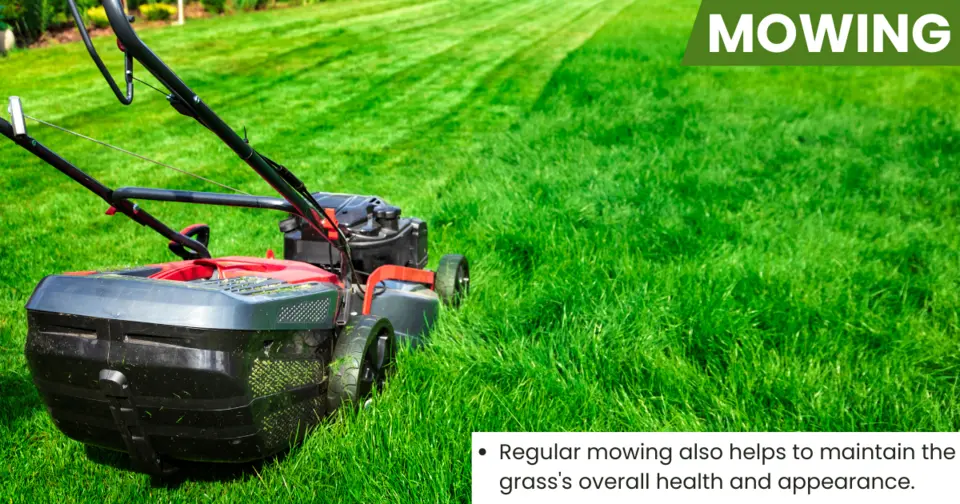
Once your lawn is well established, begin the practice of mowing. It’s advisable to keep centipede grass trimmed at a height range from 1 inch up to 2 inches for an optimally healthy and low maintenance yard. To safeguard your centipede grass during times of intense summer heat or as winter nears, consider raising the cutting height by about a quarter-inch to half an inch.
It’s important not to cut more than one-third off the length of the grass leaf in any single mow so as not to put excessive stress on it. As you go through the growing season, modify both how often you mow and at what height based on growth patterns—begin higher at around two inches before gradually reducing it over time and then increasing it again towards season end in order to avoid giving your lawn a bare or thinly-covered appearance.
Mowing centipedegrass below 1–1/1 ⁄2 inches reduces density and encourages weed invasion. Avoid close mowing and do not scalp the turf.
Nutrient management
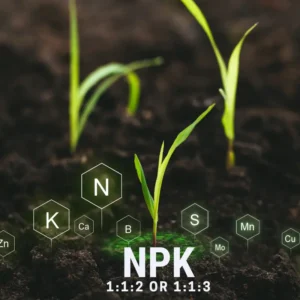
Your lawn is more than just a patch of green. It’s an ecosystem that requires proper nutrition. Centipede grass, in particular, doesn’t require extensive fertilization and prospers even when the soil has low fertility levels.
- Apply 1 pound of slow-release nitrogen per 1000 square feet per year in the spring (March to May).
Exceeding this amount could lead to increased thatch build-up and a higher chance of diseases.
- If soil tests detect phosphorus or potassium deficiencies. Complete fertilizers for use on centipede grass should be low in phosphorus and high in potassium, with an NPK ratio of approximately 1:1:2 or 1:1:3.
Excessive levels of phosphorus in the soil can lead to iron deficiencies in centipede grass.
- Centipede grass thrives on moderately acidic soils with a pH of 5–6. Iron chlorosis is a problem where the soil pH is 6.5 or above or where there are high levels of calcium or phosphorus in the soil.
Iron chlorosis can be corrected by applying chelated iron or ferrous sulfate as necessary to maintain color. Frequent iron applications, sometimes monthly, may be required in severe situations.
- On alkaline sites or those with coral in the soil, applying sulfur to reduce soil pH may alleviate iron chlorosis in centipede grass.
Excessive applications of sulfur can reduce turfgrass quality.
When caring for your centipede lawn, A more economical and longer lasting solution may be to change to a more suitable centipede grass seed species.
Combatting weeds in centipede turf
Your lovely centipede lawn can be disrupted by aggressive weeds. The dense growing pattern of centipede grass naturally battles for resources and space against these intruders. Do not assume that herbicides used to control weeds in Bermuda grass or other turf grasses can also be safely used on centipede grass.
Adopting a cautious approach to weed control involves:
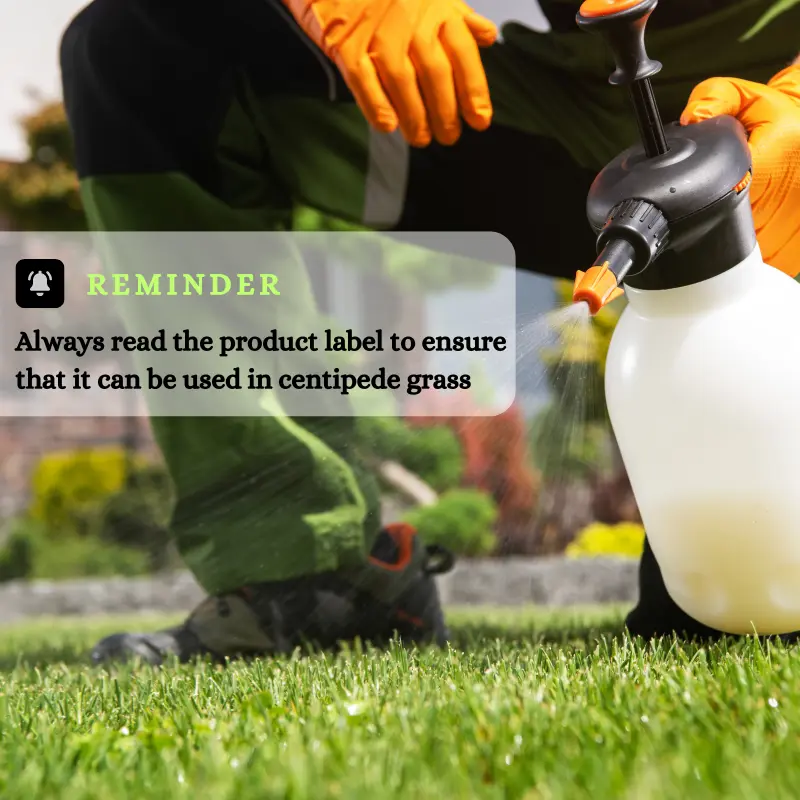
- Centipede grass is sensitive to many herbicides, especially those containing arsenictype ingredients. Do not use MSMA or straight 2,4-D on centipede grass.
- Always read the product label to ensure that it can be used in centipede grass.
Some herbicides labeled for postemergent control of weeds in established centipede grass are listed in Table
| Herbicide | Target Weeds | Application Timing | Notes |
|---|---|---|---|
| Atrazine | Broadleaf weeds and some annual grasses | When weeds are small and actively growing | May cause temporary yellowing |
| 2,4-D | Broadleaf weeds such as dandelions, clover, and chickweed | When weeds are actively growing | Use with caution, potential for injury |
| Bentazon | Broadleaf weeds and some annual grasses | When weeds are small and actively growing | Effective on yellow nutsedge |
| Bromoxynil | Broadleaf weeds such as dandelions, clover, and chickweed | When weeds are actively growing | Can be combined with other herbicides |
| Metsulfuron | Broadleaf weeds and some annual grasses | When weeds are small and actively growing | Use with caution, potential for injury |
| Quinclorac | Crabgrass and other annual grasses | When grasses are actively growing | Apply before crabgrass tillers |
| Sethoxydim | Annual and perennial grasses such as crabgrass, goosegrass, and foxtail | When grasses are actively growing | Safe for centipede grass |
| Imazaquin | Purple nutsedge (Cyperus rotondus) | When weeds are actively growing | Use with caution as it may cause injury to centipede grass |
Pest patrol and disease defense
Just as with any plant, centipede grass may encounter issues related to pests and diseases. The roots or tissue of this type of grass can be compromised by the activity of grub worms, nematodes, and mole crickets. Managing these pests successfully might involve using chemical options such as carbaryl or trichlorfon against grubs, for chinch bugs prevention strategies include aeration and excess thatch removal, also important is keeping an eye out for substantial populations of spittlebugs.
Diseases like large patch disease can adversely impact centipede grass, along with complications from nematode infestations. To counteract these problems, fungicide programs and nematicides are put into practice. When it comes to selecting herbicides, care must be taken since the lawn’s centipede variety exhibits sensitivity to specific chemicals like 2,4-D and MSMA. Improper use could lead to harmful effects on your lawn’s health.
Repairing common centipede grass concerns
Even with diligent maintenance, your centipede lawn might still face typical problems such as bare spots, a reduction in density, or yellowing blades. Yellow hues in the grass often indicate an iron shortage. To combat this issue and revitalize the lush green appearance of your centipede grass, using iron supplements is advisable.
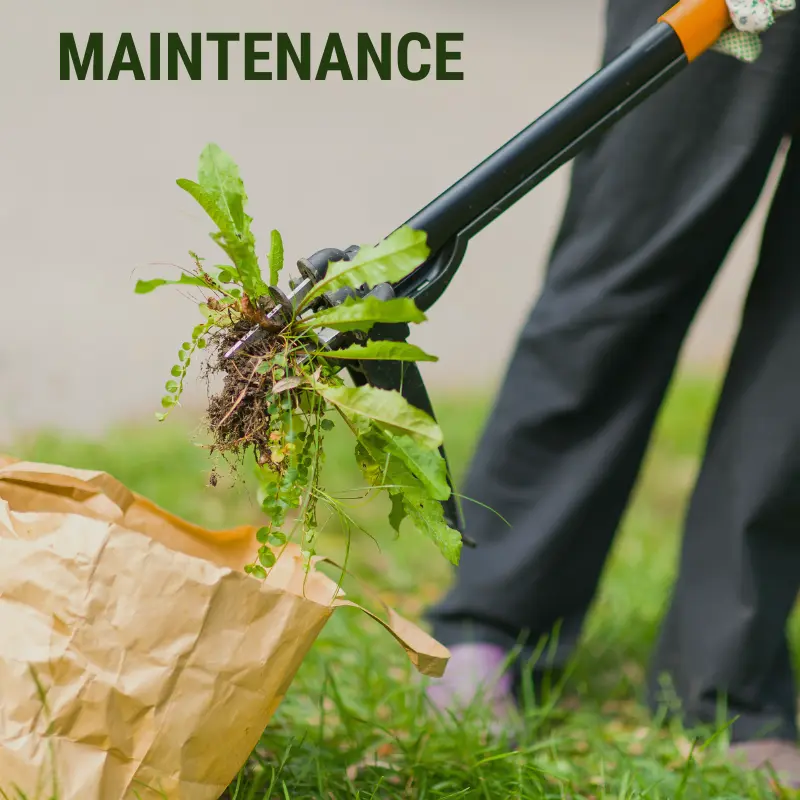
Prompt intervention when these challenges arise can halt their progression and preserve the aesthetic appeal of your lawn. It’s essential to understand that cultivating an attractive centipede lawn goes beyond merely planting. It entails consistent upkeep and immediate attention to any arising issues.
Summary
In essence, cultivating a verdant centipede lawn can be quite straightforward with appropriate guidance and consistent effort. By selecting premium centipede grass seed, properly prepping the soil for planting, attentive watering, regular mowing practices, as well as managing pests and diseases vigilantly, all contribute to a thriving lawn. These essential steps are integral to realizing optimum growth in your yard.
No matter if you’re establishing a fresh expanse of greenery for the first time or seeking solutions to rejuvenate areas of bareness within an existing plot, this manual offers indispensable insights into effective care for your centipede turf. Don’t delay—embark on shaping up that stunningly lush green carpet known as a centipede lawn today!
Frequently Asked Questions
Why is centipede grass known as the lazy man’s grass?
Because centipede grass requires infrequent mowing and minimal fertilization, it has earned the nickname “lazy man’s grass” for its low maintenance attributes, providing ease of upkeep.
What’s the ideal soil temperature for growing centipede grass?
For centipede grass to grow optimally, the soil temperature should be maintained within 65°F to 70°F, as this is the ideal range for its robust development.
How deep should I bury the centipede grass seeds?
Bury centipede grass seeds at least a quarter inch deep to ensure proper growth.
How often should I mow my centipede lawn?
Begin the season by mowing your centipede lawn at a taller height of 2 inches and gradually lower the mowing height as the growing season advances, taking care not to scalp or cause thinning in your lawn.
What should I do if my centipede lawn is yellowing?
To combat the issue of your centipede grass turning yellow, consider using iron additives. This will not only boost the hue of your grass, but also rectify any shortfall in iron, thus promoting a healthier and more vibrant lawn.
How to seed centipede grass?
Seeding centipede grass requires careful planning and execution to ensure a healthy and thriving lawn (choosing the right seed, preparing the soil, sowing the seed, timing, caring for the new lawn).
Why is centipede grass seed so expensive?
The cost of centipede grass seed is influenced by a combination of factors, including the harvesting process, type of grass, growing conditions, packaging and distribution, quality and purity, breeding and research, and market demand.
What does centipede grass seed look like?
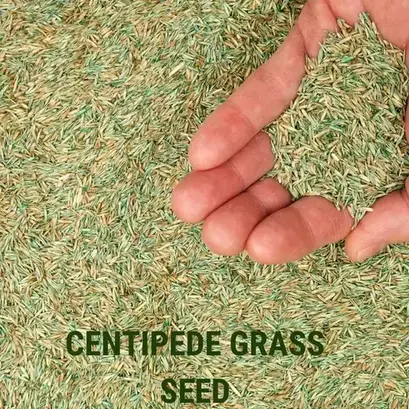
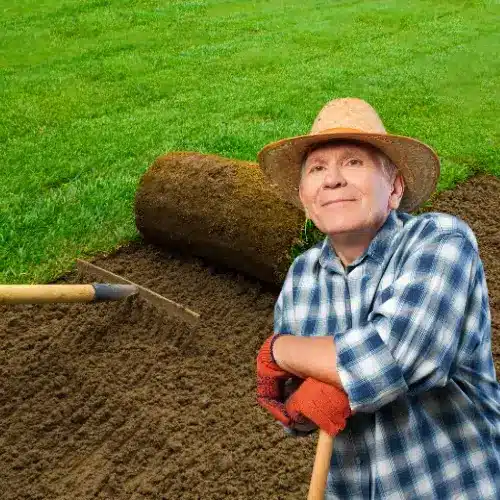
About the Author
Experienced gardener with 20 years’ expertise in home gardens.
I share with you tips and tricks I’ve learned over the years to help keep your plants happy and healthy.



